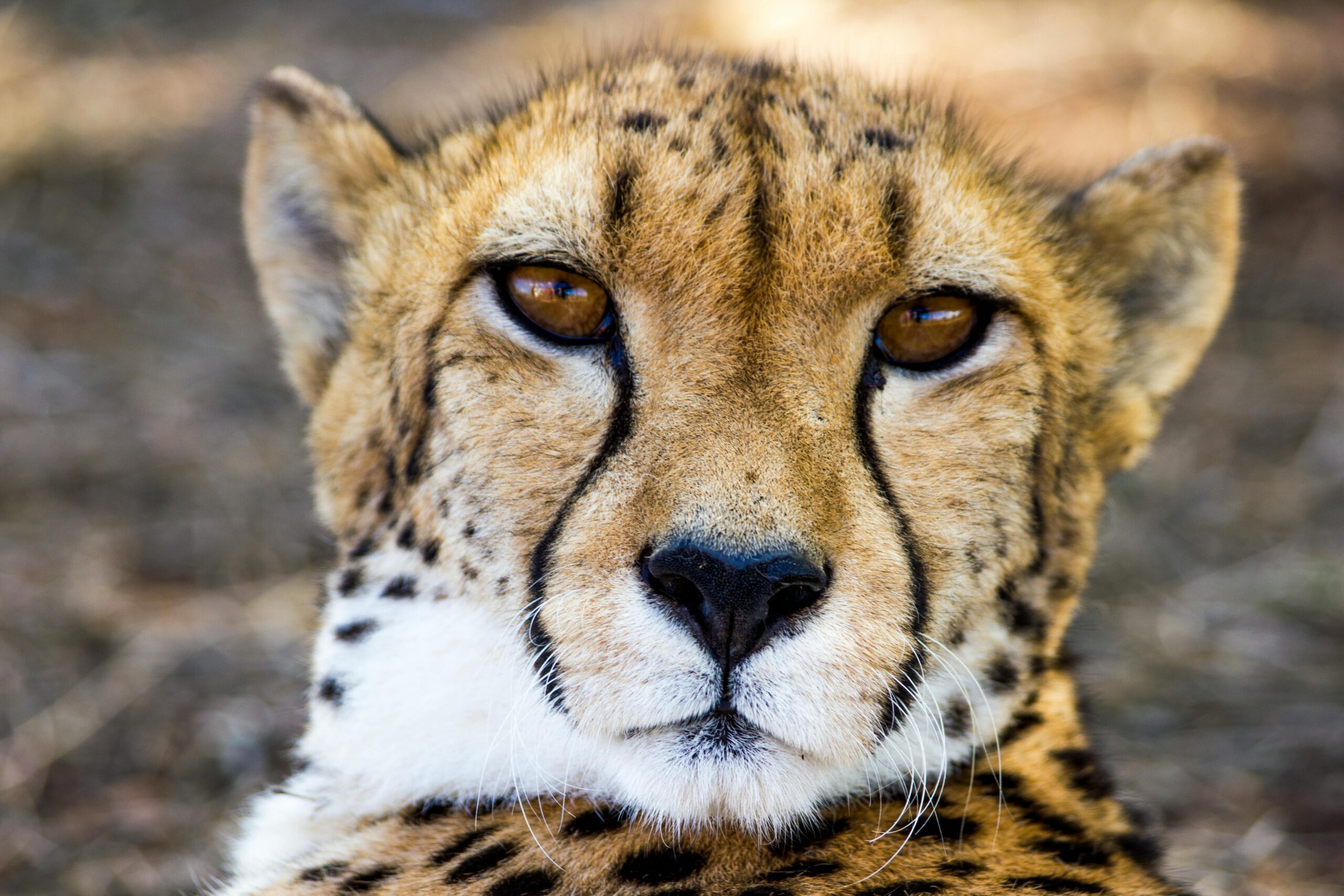(image credit: by Piet Bakker )
Ever noticed the bold black lines running down a cheetah’s face? They’re not just for looks. These natural “tear marks” help cheetahs see clearly in the blinding sun—making them one of nature’s most stylish and efficient hunters.
A Stylish Adaptation with a Serious Purpose
Cheetahs are instantly recognizable—not just for their sleek bodies and spotted coats, but for the distinct black streaks that run from the inner corners of their eyes down to the sides of their mouths. These markings are often referred to as “tear marks,” and while they look dramatic, they serve a very functional purpose.
These tear marks act like a pair of built-in sunglasses. They help reduce the glare of the sun and improve the cheetah’s ability to focus on distant prey, especially under the intense light of the African savannah. It’s a clever piece of natural engineering that gives cheetahs a visual edge over other predators.
Daylight Hunters Need Extra Help
Unlike lions or leopards, which often hunt at night or in the shade, cheetahs are diurnal hunters—meaning they hunt primarily during the day. That means dealing with bright sunlight, shimmering heat waves, and glare bouncing off the dry grasslands.
The dark pigmentation absorbs sunlight and minimizes reflection, allowing the cheetah to keep its eyes on the prize—literally. These marks enhance their contrast sensitivity, which is crucial when they’re locking in on prey that’s hundreds or even thousands of feet away.
Built for the Chase—and the Spot
Cheetahs don’t rely solely on stealth; they rely on speed and precision. Their tear marks help them visually track and anticipate the movement of fleeing prey during high-speed chases, often clocking in at speeds over 60 mph.
Combine this with their:
Wide-set nostrils for max airflow
Enlarged adrenal glands for explosive energy
Long tails for steering
And these natural “sunglasses”…
…and you’ve got one of the most finely tuned predators on Earth.


